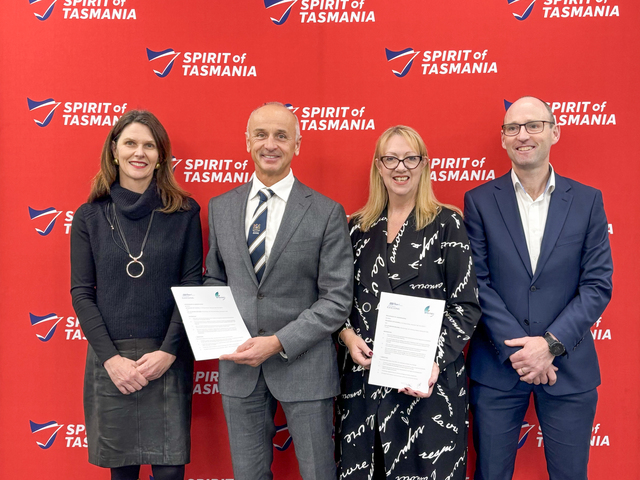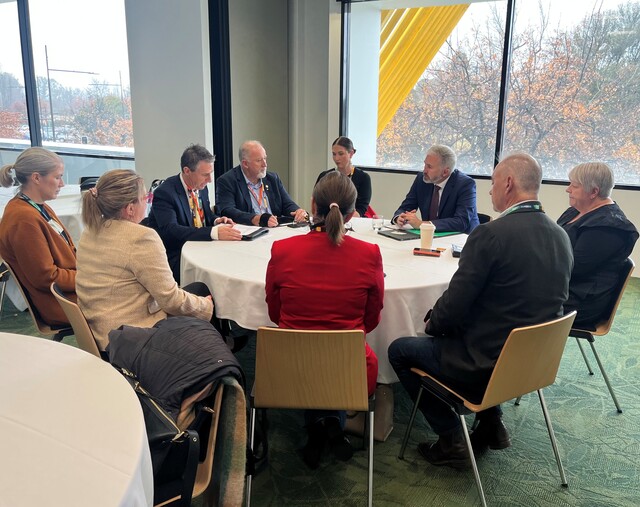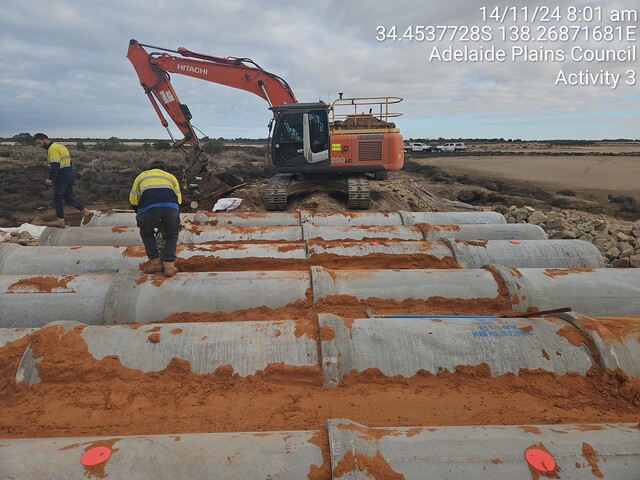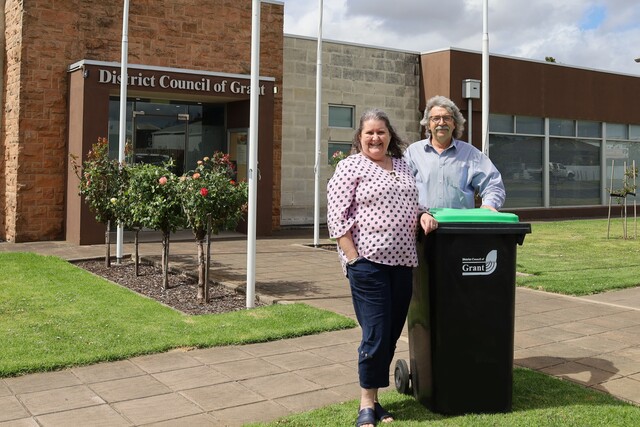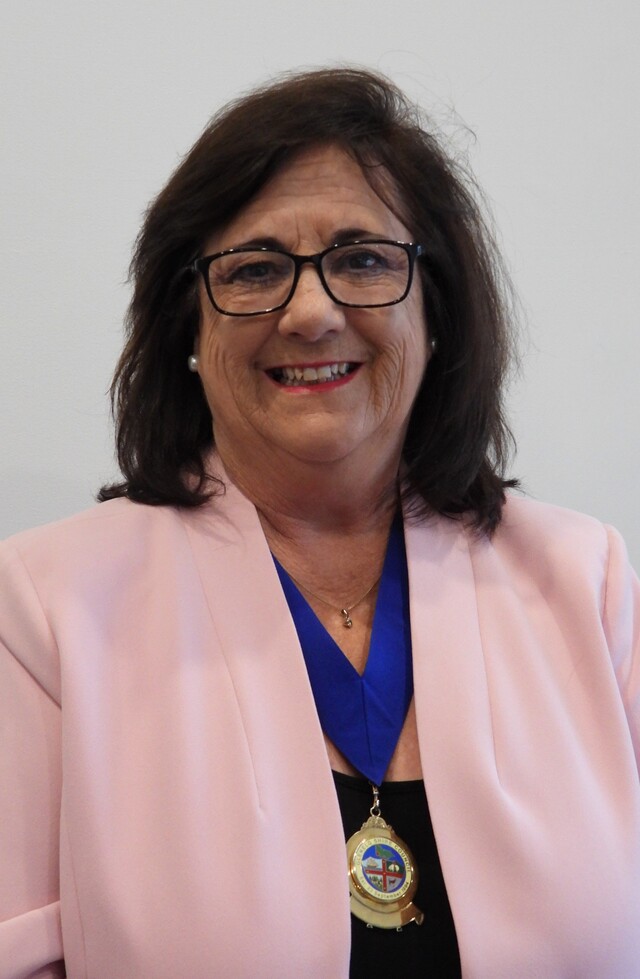The Good Oil * by Rod Brown
Interesting to note that the Council of Capital City Lord Mayors is lobbying the Federal Government for a partnership to boost productivity, attract business investment, skill up the workforce and promote innovation. Laudable aims.
The Council’s Chair, John So, Lord Mayor of Melbourne, says, “Cities need a new working arrangement with the Federal and State Governments as national and local priorities converge…we feel that Australia needs an overriding capital city policy under which the various tiers of government can work together for the long term. If our capital cities can realise their potential, Australia will prosper.”
Sydney’s Lord Mayor, Clover Moore, added that the capital cities are the nation’s economic and creative engine rooms, responsible for more than 78 per cent of Australia’s economic growth in the past five years, with 64 per cent of the total population.
The agenda comes with 23 major projects – freeways, tram systems, convention centres, recycled water and so forth. However there are some big questions raised by this proposal:
- Is there really that much collaborative spirit between the capital cities? (Probably not, although the lure of Federal dollars can build an unholy alliance).
- Would such a program be at cross purposes with the relationships between the individual cities and their respective hinterland regions? (Possibly.)
- Is the engine room argument valid? (Yes – but the Pilbara has also long argued that it generates a huge share of the nation’s exports.)
- Who is lobbying on behalf of non urban regions for an equivalent program? (No one.)
- Would the Howard Government buy into a Cities program? (Who knows – u-turns are possible in an election year. But it would further test the current Government’s credibility, having quickly killed off Labor’s successful Better Cities Program.)
- Would a Rudd Government
support it? (Quite possibly.)
All in all, a Cities program could be justified. Sydney’s rail and road system is under huge stress, and Brisbane’s isn’t far behind. Adelaide, Hobart and Canberra need further urban regeneration and inwards investment. Darwin and Perth have the speed wobbles. Strategic action across the three levels of government is well overdue. We await with interest.
Pearson a visionary
The Indigenous do-gooders are assailing Noel Pearson, John Howard, Mal Brough et al about the Federal Government’s intervention on Indigenous affairs. They don’t have a case. The appalling level of Aboriginal health is a stain on Australian society, and the accountability and leadership now being introduced are long overdue. I recently spoke to a few of the bureaucrats charged with putting the Government’s new policy into effect. They spoke of the complex issues involved – health care, nutrition, education, job creation, community development, culture, civil rights – and the need for leadership and collaborative effort. Noel Pearson’s interviews show that he has the leadership and PR skills to make it happen.
Geelong Fund
There was an air of inevitability about Industry Minister Ian Macfarlane’s announcement of the $24 million Geelong Investment and Innovation Fund. It is to offset the job losses when the Ford plant closes in 2010. It follows on from the $50 million package for South Australia after Mitsubishi’s woes in 2004. It raises some fascinating questions:
- The site will be redeveloped into a $100 million retail and office precinct. Local champions, Frank Costa (Geelong Football Club President) and the Smorgon dynasty, are financing the deal. Can they also attract some productive long term investments in new age industries?
- Why do the Feds let the States off the hook? Victoria put only $6 million into the package. Similarly, in the Mitsubishi exercise, the South Australian Government put in a paltry amount.
- Why did the Feds and Victorian Governments ignore Gippsland during their trauma with the State Electricity Commission of Victoria retrenchments?
- Who’s next?
Who said Canberra is full of nerds?
Our resident analyst, Silverhawk, has brought to our attention a story dating back a couple of years about a certain Departmental Secretary who arrived at the headquarters of an industry association to meet with its Board. The meeting was running late, so one of the association staffers went out to tell the Secretary that he’d be ushered in soon. He searched and searched. He finally found the Secretary sitting in his car, listening to the horseracing on the radio. The Secretary said, “I won’t be a moment, but my horse is in the next race!”. The horse, by the way, was called Heza Good Bloke, owned by a gang of Queanbeyan and Raiders rugby league stalwarts, including the Secretary, who never forgot his roots. He went on to be the head of the Defence Department and our High Commissioner to NZ, and is now Chancellor of the ANU.
Another example of the lighter side of Canberra is the tradition for Treasury staff to play men’s hockey outside the Treasury Building on Wednesday lunchtimes. A new starter lined up on the wing against a short, greying bloke with horn-rimmed glasses. “What do you do?” he asked the elder. “I’m a sort of Secretary” replied the elder. At half time the new starter regaled the rest of his team with the news that his opponent is a gay steno-sec. The response was along the lines “You bloody idiot, that’s John Stone!” (Stone was already earning a well deserved reputation as the nation’s most fearless and irascible Treasury Head.)
Speaking of John Stone, he regularly held court at the National Press Club on Friday nights, where his underlings would gather to rub shoulders with him. David Morgan, now CEO of Westpac, was one of them. David would get a taxi home, leaving his Alfa in the Deputy Secretary car park at the front of Treasury over the weekend to make it look as though he was in the office working hard!
The Top 25 ‘Heza Good Blokes’ in Federal politics
Speaking of good blokes, we are often asked who are the good blokes among the Federal politicians. I put the question to members of my consultancy network recently, and it created animated discussion. The basic criteria we agreed on was that he/she treats constituents, officials, opposition MPs and the general population with some level of dignity and respect, and are genuinely good people. The time period was the last 10–15 years. We first agreed that the aged mare from Sydney’s north shore had to be left out, on account of her lengthy bureaucrat bashing record, and that Gareth Evans and Paul Keating were never out to be Mr Nice Guys.
After rumination, here is our Top 25. A good number of my colleagues are Labor tragics, hence it’s a little biased. From the conservative camp – Nick Minchin, Mark Vaile, John Anderson, Tim Fischer, Gary Nairn, Ian McFarlane, Peter McGauran and Robert Hill. From the Labor camp – Jenny Macklin, Bob McMullan, Kim Beazley, Brian Howe, John Button, Barry Jones, Carmen Lawrence, John Kerin, Kim Carr, Tanya Plibersek, Nicola Roxon, Peter Garrett, Mick Young, John Dawkins and ex-Finance Minister Peter Walsh (“dour, but loved a drink”). From the cross benches – Tony Windsor and Peter Andren.
One of our group got a little excited and insisted that some Labor head kickers have mellowed into really good blokes such as John Faulkner, Robert Ray, Stephen Smith, Wayne Swan and Lindsay Tanner. The jury is still sitting on these nominations.
*Articles in the Good Oil column are provided by members of the Cockatoo network, an international group of individuals and organisations that collaborate on industry and regional issues. Contact apd@orac.net.au for membership details.


